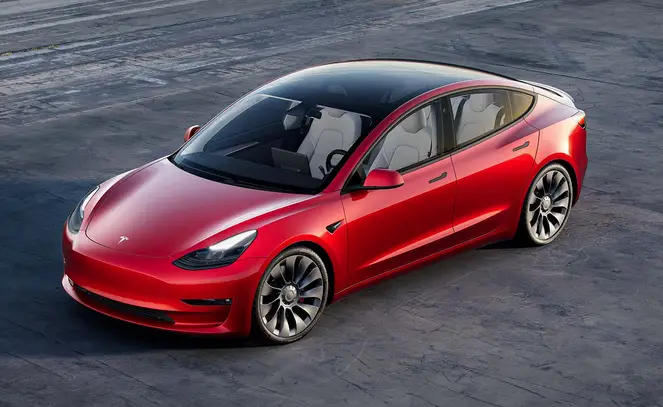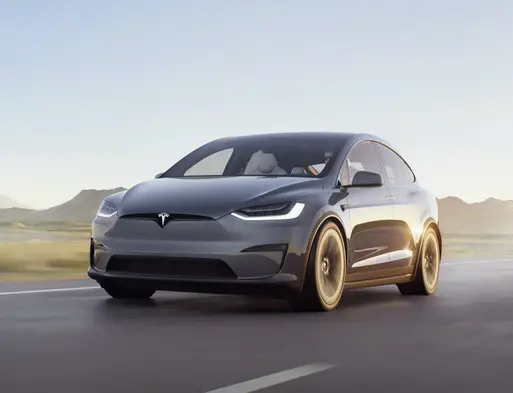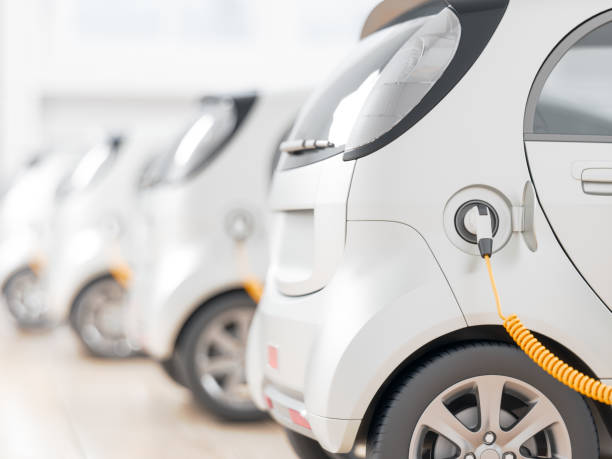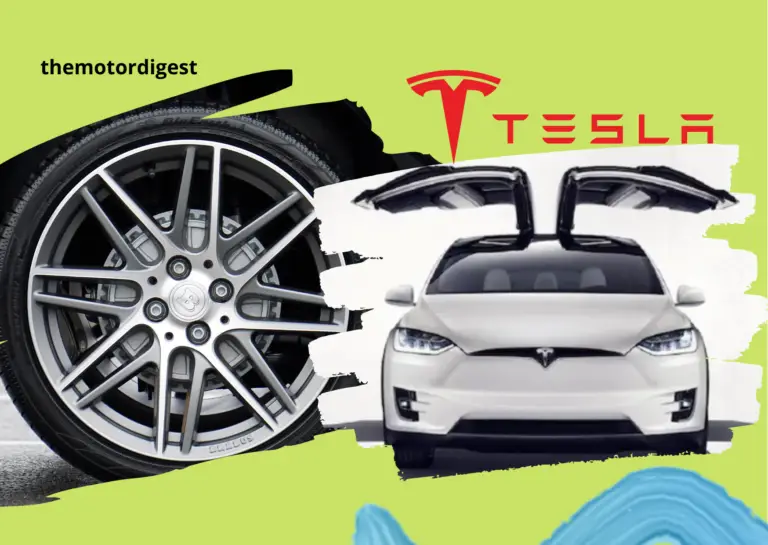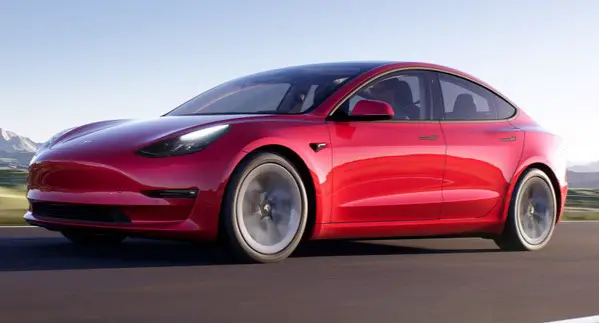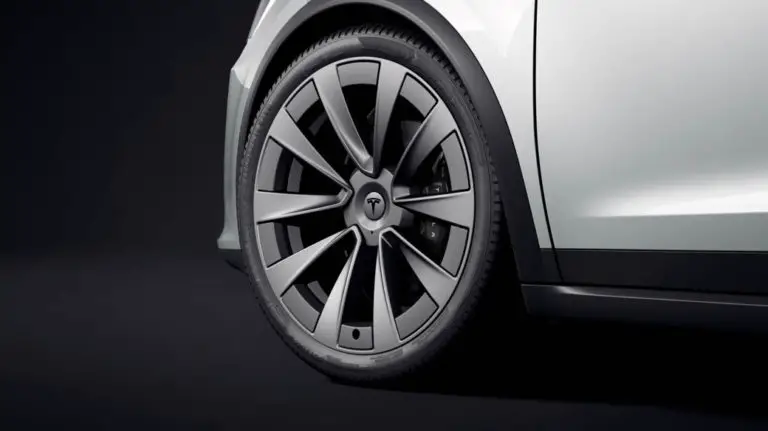Do Tesla Cars Have Air Conditioning?
Since 1886, cars with internal combustion engines have been extremely popular for commercial travel and have, more or less, gone unchanged for a century. However, electric vehicles, such as Tesla, are making waves in the industry with advanced and new technology. Although these changes are impressive, they come with their concerns and queries about the basic features like air conditioning. Do Tesla cars have air conditioning?
Tesla vehicles offer climate control for the whole interior of the car, including air conditioning and various other advanced features. Contrary to combustion engines, the compressor is not driven by the belt in the motor but by the battery itself, which means the AC can operate at any time.
So, although the system and engine of a Tesla work differently than a combustion engine vehicle, the battery still provides air conditioning and many more features regarding the climate control inside the car. Let’s look at what interior climate control can do.
Table of Contents
- How Does Air Conditioning Work In A Tesla?
- Is The Air Conditioning In A Tesla Effective?
- Do Tesla Cars Have Heating?
- Conclusion
How Does Air Conditioning Work In A Tesla?
Due to Tesla running on battery power, the air conditioning can be switched on without starting the engine. Although overall battery power is used to activate the air conditioning, various features make this new technology beneficial.
If the engine is not needed to activate the air conditioning, then the air conditioning can be activated at any time, whether you are inside or outside the car. Therefore, air conditioning can be used to control the climate inside the vehicle without having to be even near the vehicle.
Tesla developed an app that allows customers to pre-condition the car’s temperature before entering the vehicle. Tesla even offers a camping mode that regulates the temperature in the vehicle for approximately 48 hours if you have to sleep in the car.
In addition, overheat protection is a safety feature that automatically activates the air conditioning when the car’s interior gets warmer than 105 Fahrenheit. This feature will help protect the car’s interior to avoid heat damage.
Dual-zone climate control also splits the interior into different sections, making cooling more efficient and quicker as it flows through Flush HVAC vents. Models such as the Tesla Model 3 also have long vents across the dash, which regulates airflow through the whole car at an even distribution without overcooling through smaller vents.
So, not only does Tesla still provide air conditioning, but they have added features that control the climate within the car much more efficiently than some combustion engines. Although the battery power is used to run the air conditioning, the benefits outweigh the drawbacks.
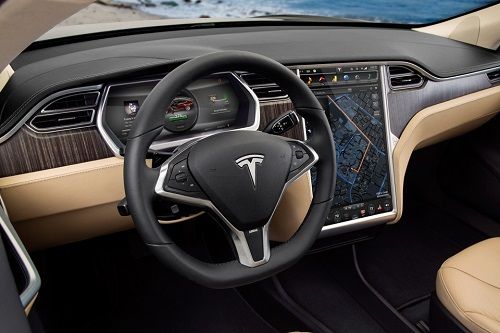
Is The Air Conditioning In A Tesla Effective?
Not only is the whole Tesla vehicle powered by the battery, but the system is managed by an intelligent computer that manages the efficiency and power usage. However, due to the batteries being the only source of power in the car, the effectiveness of the climate control system depends a lot on the quality of the battery.
The main difference between a combustion engine and a Tesla is that an alternator doesn’t charge the 12-volt battery; Tesla converts the power from the main battery. It does raise some concerns as the air conditioner might not be as effective if the vehicle is not fully charged, and these added features can affect the car’s mileage.
Overall, most of the Tesla models can travel a minimum of 300 miles on average, but a fully functioning a/c can subtract approximately 30 miles. So, an effective a/c will affect the mileage of a Tesla but is a battery power a/c better than a combustion engine a/c?
There will be occasional mishaps and procedures that need to be rebooted for software systems. Although these mishaps might not necessarily occur in a combustion engine vehicle, Tesla’s a/c does provide more features that one can consider to be more effective.
Software measures are created to prevent the car from running dangerously low on power, including preventing the a/c from running if the battery is below a certain percentage. These factors might take some getting used to for a new customer, but overall, the air conditioning is designed to be more efficient.
Besides the fact that Tesla’s a/c might not be as strong as a combustion engine a/c, dual-zones and even flowing HVAC vents foresee efficient use of energy to cool down the interior of the car, which one can argue is a more effective solution.
Do Tesla Cars Have Heating?
Tesla implements a Positive Temperature Coefficient heater which aids the resistor to heat up while simultaneously increasing the heat resistance, meaning it will never get uncomfortably hot. The system, as mentioned earlier, uses fewer wires and power, resulting in less unnecessary heat from the process itself.
However, a heat pump is still considered more effective as it is like an air condition system that works in reverse, and even The Tesla Model Y will feature this new setup. Despite the consensus, Tesla provides heating in more ways than one.
Tesla provides heating through the HVAC, but it also heats the seats to manage the flow of heat and be more efficient. The heating can be adjusted to suit any driver’s preference with the software system, although it does come at a cost.
According to the car and driver, if both the heating system and the seat heaters are being used while driving, the battery will consume 35% more energy than usual. These statistics implies that a possible average range of 240 miles can drop to 173 miles depending on the weather conditions.
These statistics will not be a significant concern for city driving a living but will not be considered when planning extended trips during the winter.
Conclusion
Tesla does provide air conditioning and various other features such as the HVAC system and the Dual-zone system to control the climate within the car. Although these systems effectively cool and heat the car without wasting energy, it affects the car’s mileage as the engine and the interior setup are powered by batteries.
Amazon and the Amazon logo are trademarks of Amazon.com, Inc, or its affiliates.

